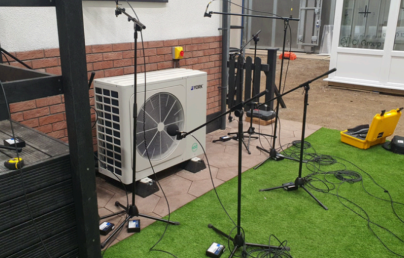
Heating of buildings decreasing, cooling increasing

Heating of buildings decreasing, cooling increasing
This report from Eurostat shows some statistics from the EU countries about increasing temperatures which have led to a minor need to heat our buildings, but a major need to cool them.
The need to heat a given building has decreased over time: the heating degree days value decreased by 11% between 1979 (3 510 degree days) and 2021 (3 126) in the EU. In other words, only 89% of the heating needs were required in 2021 compared with 1979.
In contrast, the cooling degree days value was almost three times higher in 2021 (100 degree days) than in 1979 (37), indicating that the need for cooling (air conditioning) in a given building increased over the last decades.
Heating degree days and cooling degree days are weather-based technical indexes designed to describe the energy requirements of buildings in terms of heating or cooling.
Heating degree days considerably vary across the EU Member States. Between 1979 and 2021, Finland recorded the highest average annual heating degree days value (5 665), in contrast to the lowest value observed in Malta (534).
This means that for a given building, the need for heating was ten times higher in Finland than in Malta between 1979 and 2021. Finland was closely followed by Sweden (5 325), ahead of Estonia (4 343) and Latvia (4 160). The Member States with the lowest values were Malta (534), followed by Cyprus (780) and Portugal (1 239).
Read the full report here.

